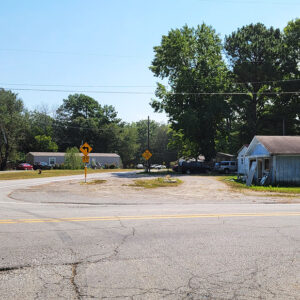 West Point Street Scene
West Point Street Scene
Entry Category: Counties, Cities, and Towns - Starting with W
 West Point Street Scene
West Point Street Scene
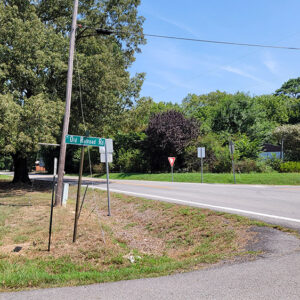 West Point Street Scene
West Point Street Scene
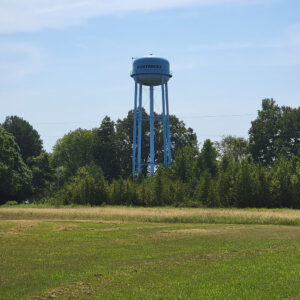 West Point Water Tower
West Point Water Tower
West Valley (Polk County)
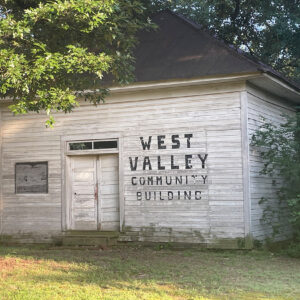 West Valley Building
West Valley Building
Western Grove (Newton County)
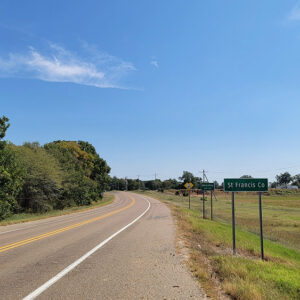 Entering Wheatley
Entering Wheatley
Wheatley (St. Francis County)
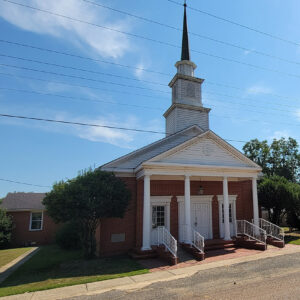 Wheatley Church
Wheatley Church
 Wheatley Church
Wheatley Church
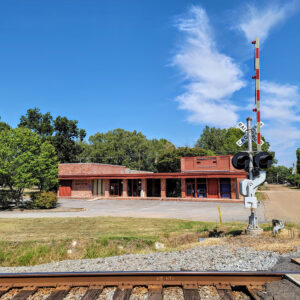 Wheatley City Hall
Wheatley City Hall
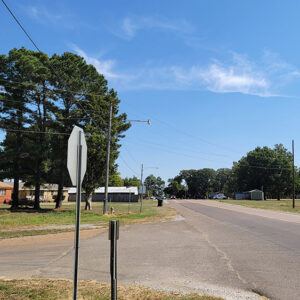 Wheatley Street Scene
Wheatley Street Scene
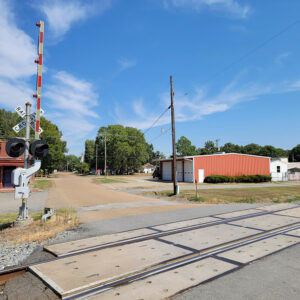 Wheatley Street Scene
Wheatley Street Scene
 Wheatley Street Scene
Wheatley Street Scene
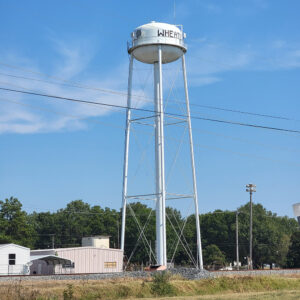 Wheatley Water Tower
Wheatley Water Tower
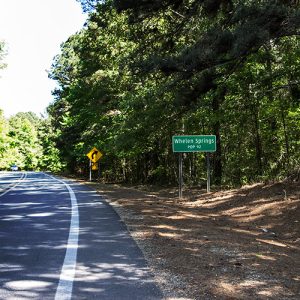 Whelen Springs
Whelen Springs
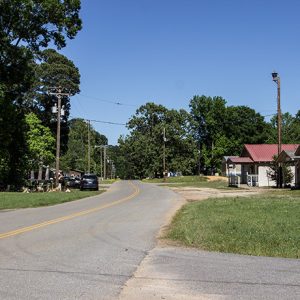 Whelen Springs
Whelen Springs
Whelen Springs (Clark County)
White County
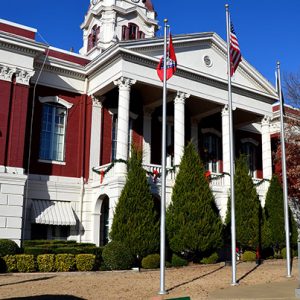 White County Courthouse
White County Courthouse
 White County Courthouse
White County Courthouse
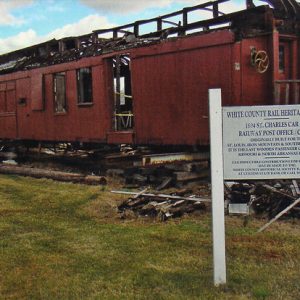 White County Rail Heritage Center
White County Rail Heritage Center
 White County Record
White County Record
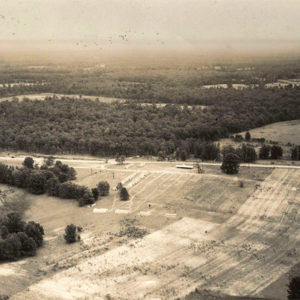 White Flood Refugees
White Flood Refugees
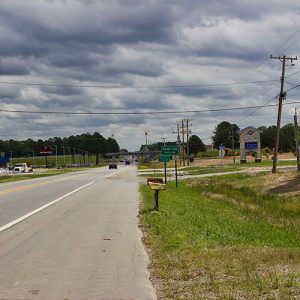 White Hall
White Hall
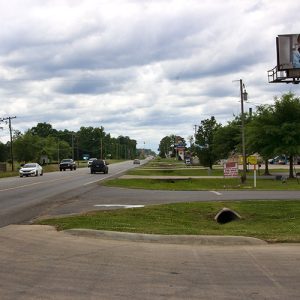 White Hall
White Hall
White Hall (Jefferson County)
 White Hall Cemetery
White Hall Cemetery
 White Hall City Hall
White Hall City Hall
 White Hall City Park
White Hall City Park
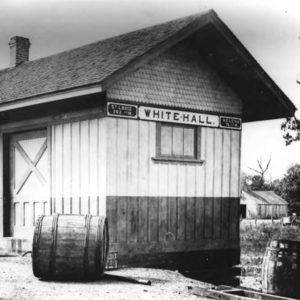 White Hall Depot
White Hall Depot
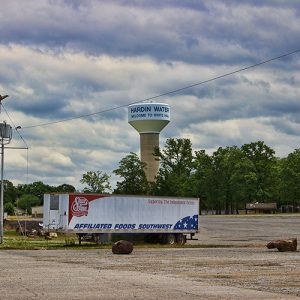 White Hall Water Tower
White Hall Water Tower
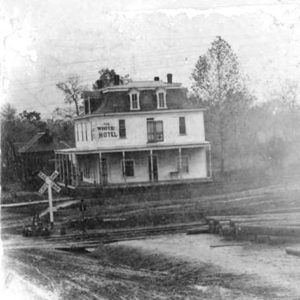 White Hotel
White Hotel
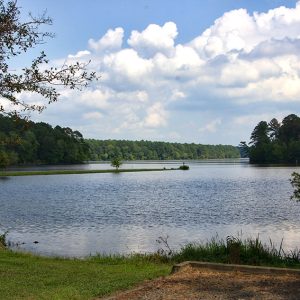 White Oak Lake Campground
White Oak Lake Campground
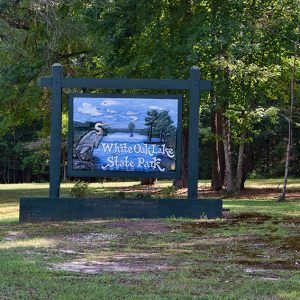 White Oak Lake State Park Entrance
White Oak Lake State Park Entrance
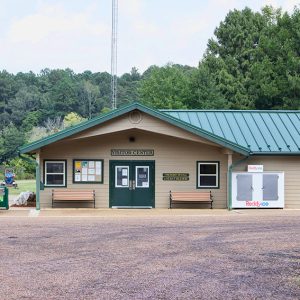 White Oak Lake Visitor Center
White Oak Lake Visitor Center
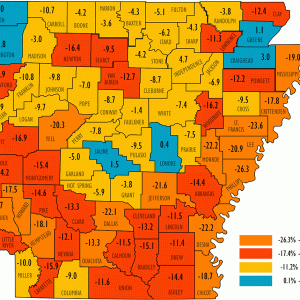 White Population Change 2020
White Population Change 2020
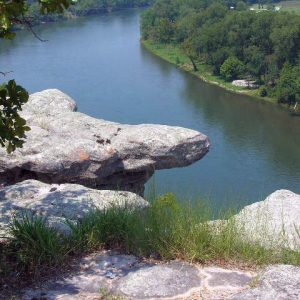 White River
White River
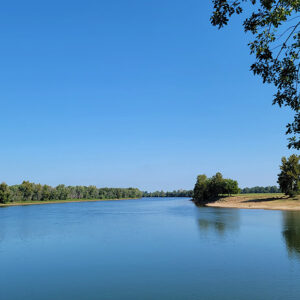 White River
White River
 White River Access
White River Access
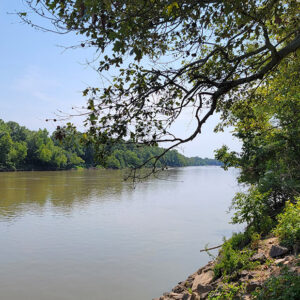 White River at Georgetown
White River at Georgetown
 White River Bridge
White River Bridge
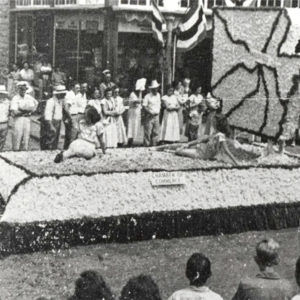 White River Carnival
White River Carnival
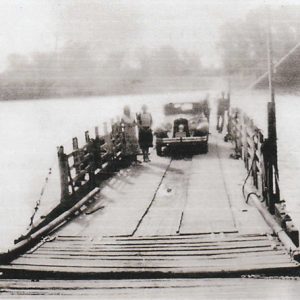 White River Ferry
White River Ferry
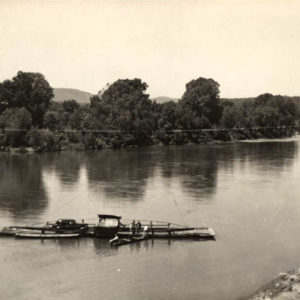 White River Ferry
White River Ferry
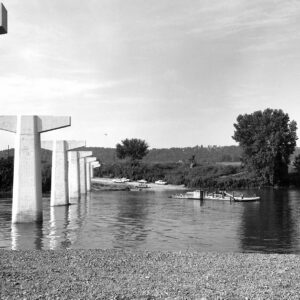 White River Ferry
White River Ferry
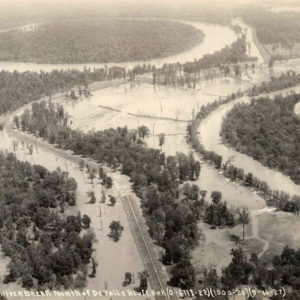 White River Flooded
White River Flooded
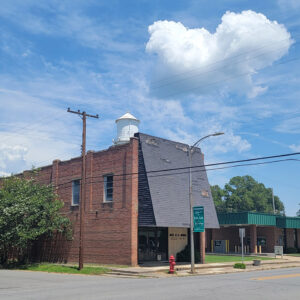 White River Journal Office
White River Journal Office
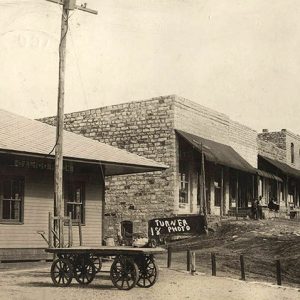 White River Railway
White River Railway
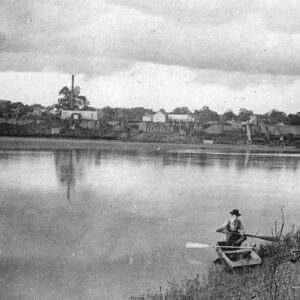 White River Scene
White River Scene




